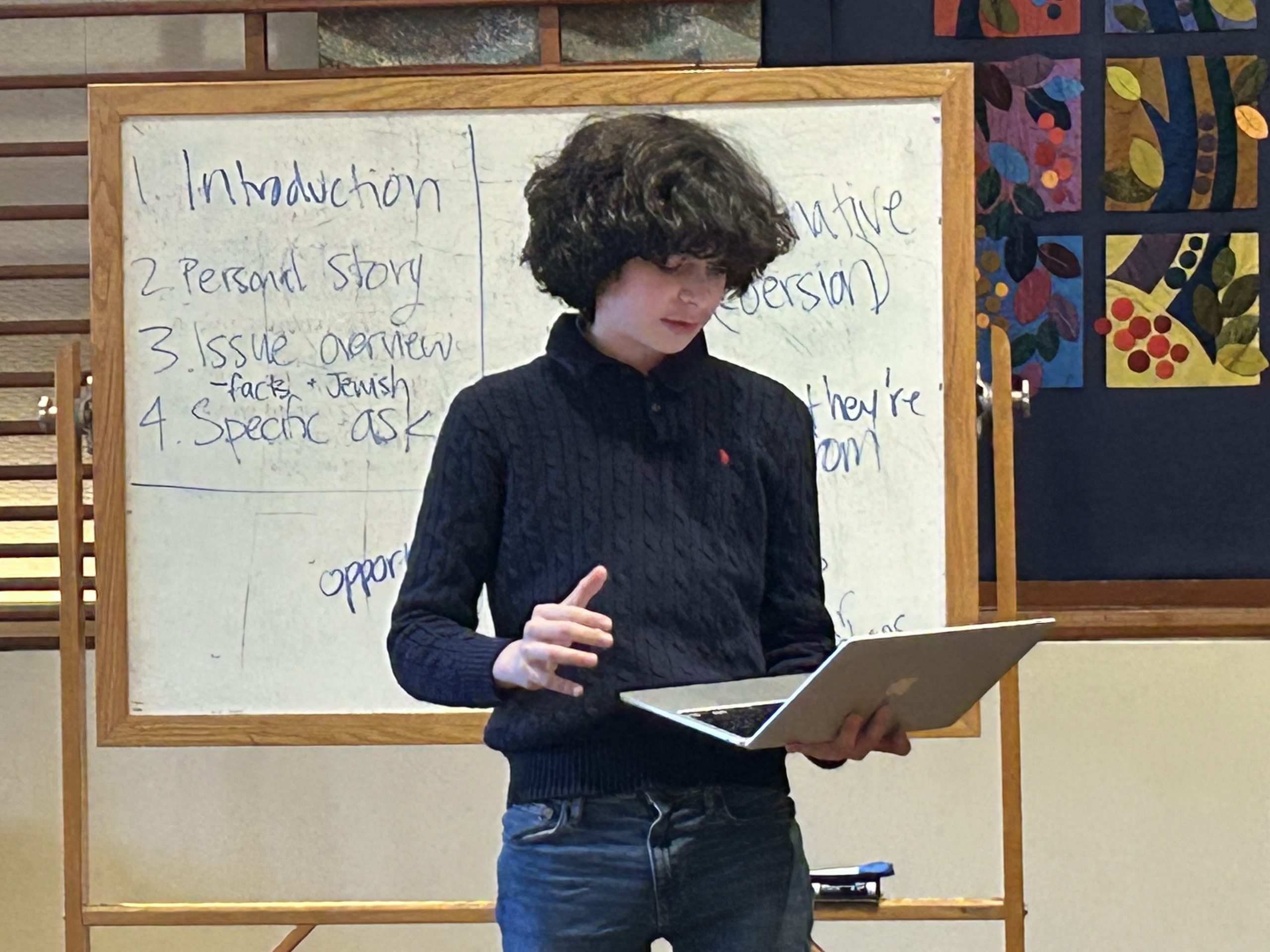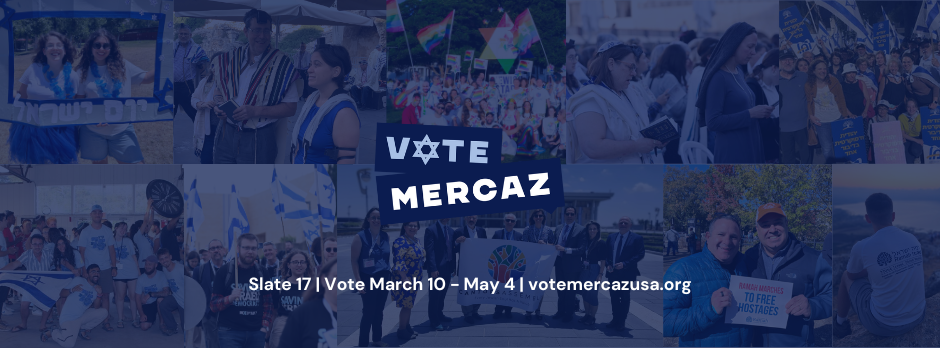We’ve been hearing some great stories about congregations across North America mobilizing their clergy, teachers, and administrative staff, as well as their board and committees, to make calls, identify needs, and teach people to use the technology necessary to bring worship and educational programs to everyone sheltering in place during the Covid-19 crisis. There is wonderful work being done by these congregations, and their communities are fortunate to be the recipients of these resources.
But what about our small congregations, whose only staff may be a rabbi (who might only be part-time) and perhaps an office manager, and where most of the day to day management is done by volunteers? How are they weathering this crisis?
Of course, these small congregations have many of the same challenges everyone else has. They are trying to stay connected to one another using remote technology; they are worried about the financial impact of the crisis, and whether their members will be able to continue to pay their dues; and they are trying to plan programs and events for the summer and fall, not knowing whether the “stay at home” orders will be lifted by then, and what the impact of that will be on the future of the congregation.
But small congregations have additional concerns as well. Without the staff and volunteer structure of their larger counterparts, and without the budgets to purchase additional technology, they may find it harder to adapt to the new reality. Some of these smaller congregations may have old database software, or slow internet connections that don’t have enough bandwidth for Zoom calls. If their membership includes lot of older adults, they may have more anxiety than others about using the technology that would allow them to connect with their communities from home.
These small congregations may also be highly dependent on sources of income such as summer camp, facility rentals, or bingo, which either are not happening now, or at risk of not happening in the coming months. Without these sources of income, many small congregations simply will not be able to pay their bills.
Despite these challenges, these congregations also have a critical advantage. Their clergy know them, and they know each other. They can more easily reach out to one another personally with a level of intimacy and connection that larger congregations simply can’t do in the same way. Because they are a small, close-knit group, they know one another not just as people to talk to at kiddush, but they know if someone is out of work, or struggling with a chronic illness, or having marital problems, or just celebrated the birth of a new grandchild. They are part of an extended family.
The leaders of these small congregations are the unsung heroes of their communities, functioning essentially as unpaid staff. These are volunteers who have busy work lives and family lives, but have dedicated tremendous amounts of time to ensuring the success of their religious communities.
Earlier this week, I convened an online meetup for some of these leaders, to give them an opportunity to talk with one another about how they are doing during this crisis. We had over 40 lay leaders and staff of small congregations from all across the US, plus Canada and Spain.
Despite their limited resources and staff, these leaders are doing great things to serve the needs of their communities.
Here are a few things I heard:
- Board members are making phone calls to check in with every single member on a weekly basis to see how they’re doing
- In addition to weekday and Shabbat services, they are holding board meetings, committee meetings, and religious school, on Zoom
- One leader from a small congregation in Beacon, NY, had his son’s bar mitzvah on Zoom last week, and proudly shared the link to the recording.
- Someone from a congregation in Albuquerque, NM, explained that they needed to elect a new board, but their bylaws required the congregation to vote in person. She described how they organized drive-thru elections so that people could vote from their vehicles, while being technically present at the synagogue.
- A congregation in Boulder, CO, created an online form, asking people what help they need during this crisis, and also asking what help people can provide. They are working to match providers of assistance with those in need.
- In addition to doing kabbalat Shabbat and Havdalah services on Zoom, one congregation is doing a virtual yoga class, to help people de-stress during this difficult time.
- Another synagogue has weekly lunch with the Rabbi (on Zoom of course)
- A congregation in Peekskill NY is delivering Seder in a Box to anyone who needs it.
As is the case in larger congregations, more people in small communities are being engaged in worship and learning than ever before, using virtual technolgoy, and lots of people who may not have participated previously, perhaps because they didn’t have the time, are now much more engaged in various facets of congregational life.
With Passover beginning next week, all of us are trying to figure out how we’re going to take this core Jewish experience of the Passover seder, and adapt it to our new Covid-19 reality. Some will still be able to hold their regular family seder, minus any guests they were planning to invite; some congregations will try to move their communal seder to the Zoom platform; and others will be alone at home, perhaps with a “seder in a box” from their local synagogue.
Congregations in more remote areas, outside of large Jewish population centers, have additional concerns. A rabbi in Shreveport, LA, reports that she can’t find any kosher for Passover food. Normally she would take a trip to Dallas before Passover to get what she and her community need, but the Texas-Louisiana border is closed due to Covid-19, and that trip is not possible.
My friend, the Rev. Dr. James J. Olson is the pastor of a small church in Chicago. He and his community have many of the same challenges around Easter and Holy Week that we have around Passover. He says: “I know that many of my colleagues have clever smart people who are able to do all this tech stuff, and that their Christian Holy Week services will be spectacular and well produced. Ours will be small. We could not figure out a way to get palms to everyone for Palm Sunday (the florist is now closed anyway.) So I found a picture of a palm branch and emailed it to them all for them to color. Maundy Thursday will be intimate, done at my dining room table. Good Friday will be even more sparse. And Easter Sunday, usually our most glorious service of the year will be more like the first Easter, than the one last year. It will be enough.”
Whether or not we are able to find matzah (or a palm branch) for our holiday celebrations this year, religious communities of all sizes will continue to find creative ways to observe the traditions we hold dear, perhaps not with all of our loved ones at our table, but with some imagination and perhaps a little help from technology, it will be enough. In fact, it will be more than enough.







